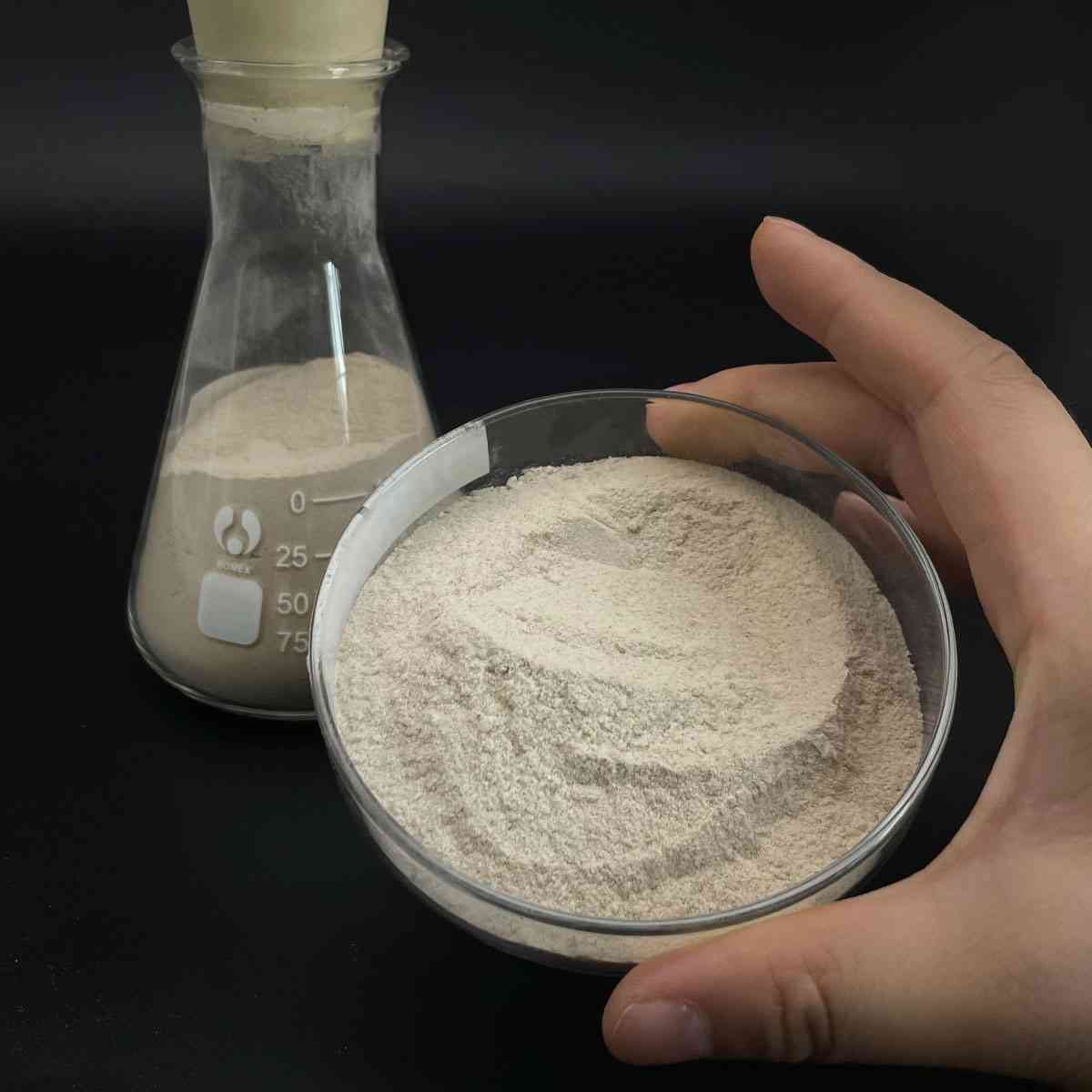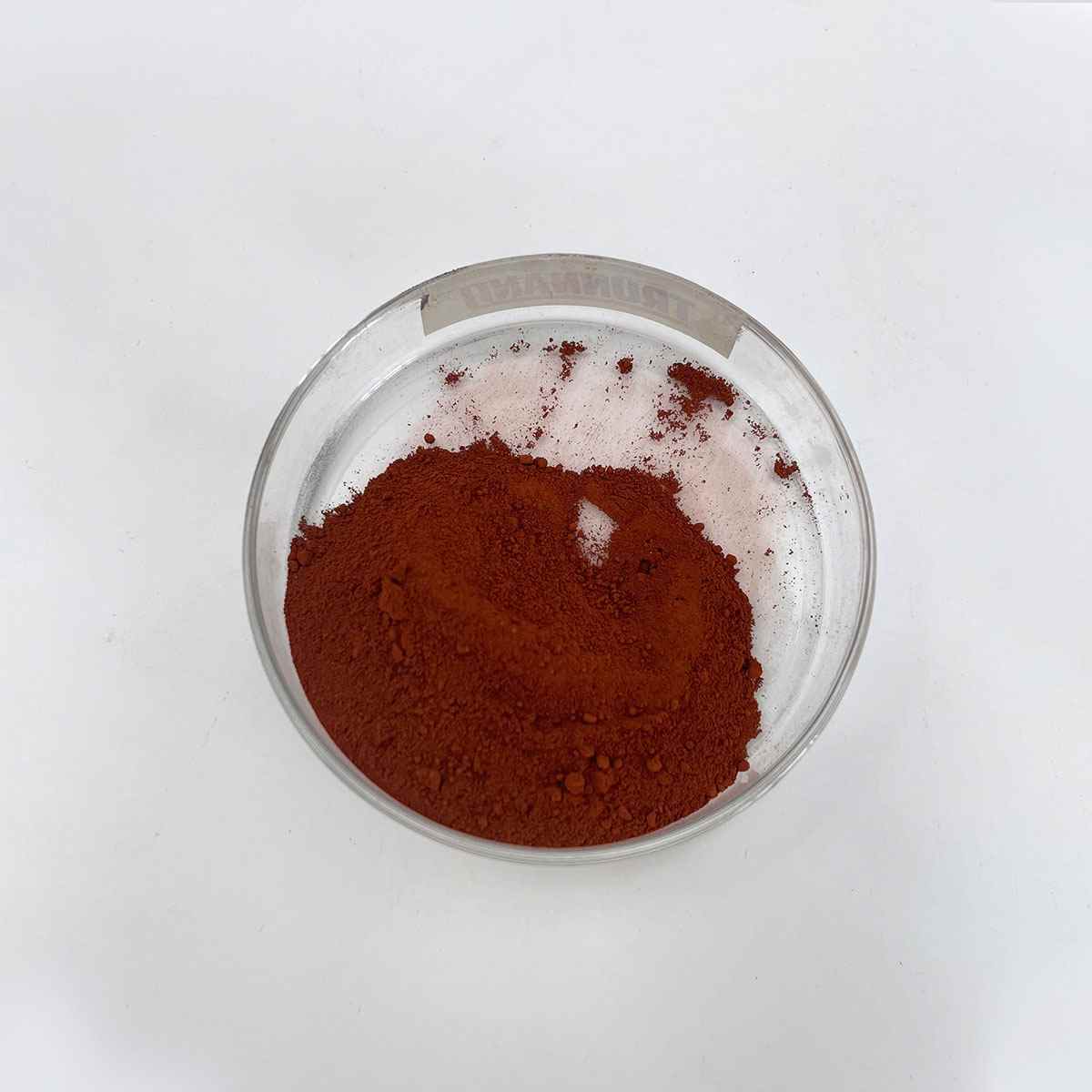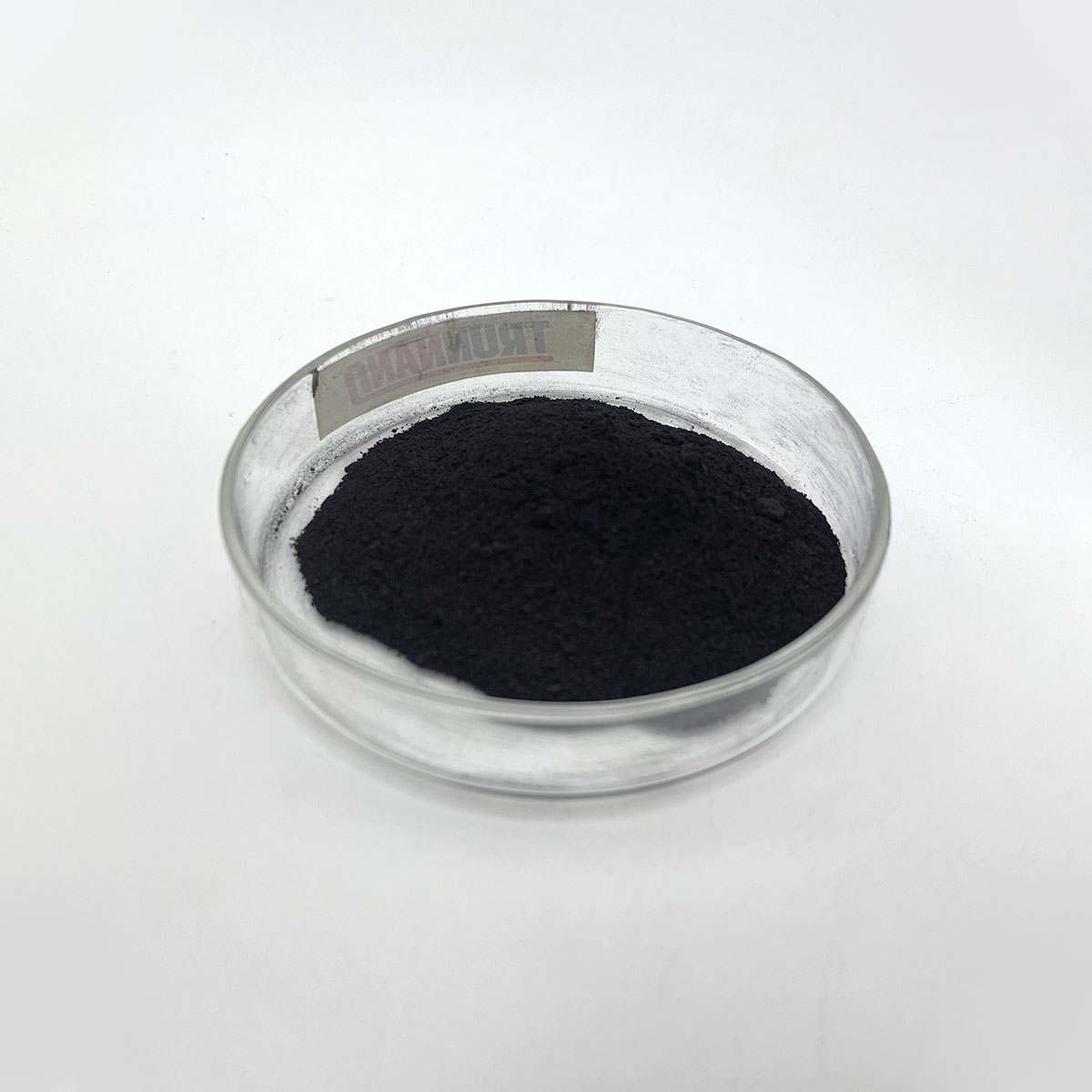Overview of BISMUTH TELLURIDE with high efficiency CAS 1304-82-1
Telluride and selenide compounds play a significant role in the field of semiconductors, particularly in the development of advanced electronic and optoelectronic devices. These materials belong to the chalcogenide family, characterized by their ability to form compounds with elements from groups IV-VI in the periodic table.
Tellurides: Compounds containing tellurium (Te) as the chalcogen. Examples include cadmium telluride (CdTe), mercury telluride (HgTe), and zinc telluride (ZnTe). These materials have found applications in solar cells, infrared detectors, and high-speed electronics due to their tunable bandgap, high electron mobility, and good thermal stability.
Selenides: Similar to tellurides, but with selenium (Se) replacing tellurium. Notable examples are cadmium selenide (CdSe), gallium selenide (GaSe), and zinc selenide (ZnSe). Selenide compounds are widely used in light-emitting diodes (LEDs), laser diodes, and solar cells due to their direct bandgap properties and efficient light absorption/emission capabilities.
Feature of BISMUTH TELLURIDE with high efficiency CAS 1304-82-1
Direct Bandgap: Many telluride and selenide semiconductors have direct bandgaps, which facilitate efficient light emission and absorption processes. This makes them suitable for optoelectronic applications such as LEDs and lasers.
Tunable Bandgap: The bandgap of these materials can be adjusted by alloying or altering the composition (e.g., CdSe to CdTe), enabling customization for specific device requirements across a wide spectrum of wavelengths.
High Electron Mobility: Materials like HgCdTe exhibit high electron mobility, which is crucial for high-speed electronic devices and low-noise detector applications.
Thermal Stability: Some tellurides and selenides, like ZnTe and ZnSe, demonstrate good thermal stability, making them suitable for high-temperature operation and processing.
Non-Toxic Alternatives: With increasing environmental concerns, there’s a push towards exploring less toxic alternatives to commonly used semiconductors. For instance, Cd-based tellurides and selenides are being replaced or combined with less toxic elements like Mg or Mn in some applications.

(BISMUTH TELLURIDE with high efficiency CAS 1304-82-1)
Parameters of BISMUTH TELLURIDE with high efficiency CAS 1304-82-1
Bismuth Telluride, also known as Bi2Te3, is a fascinating and technologically advanced material that belongs to the family of chalcogenides, specifically a binary compound composed of bismuth (Bi) and tellurium (Te). With a chemical formula of Bi2Te3, this material holds immense potential due to its unique properties, primarily its high efficiency in various applications.
One of the most striking characteristics of Bismuth Telluride is its thermoelectric performance. Thermoelectric materials convert temperature differences into electrical energy, making them ideal for waste heat recovery and power generation systems. Bi2Te3 exhibits an exceptionally high figure of merit (ZT), which is a critical parameter that measures a material’s thermoelectric efficiency. The ZT value for Bi2Te3 can reach up to around 2.5 at room temperature, outperforming many other materials, making it a leading candidate for next-generation thermoelectric devices.
Bismuth Telluride’s high efficiency is particularly appealing in the field of renewable energy, where it can be used to harness heat generated from industrial processes or automotive exhaust. By converting waste heat into electricity, it contributes to energy conservation and reduces greenhouse gas emissions. Moreover, its lightweight and flexible nature make it suitable for thin-film applications, enabling integration into various electronic devices without compromising on performance.
Another area where Bi2Te3 shines is in optoelectronics. Its semiconducting properties allow it to absorb and emit light efficiently, making it a promising material for photodetectors, solar cells, and light-emitting diodes (LEDs). Its direct bandgap allows for higher conversion efficiency compared to indirect bandgap materials, which could lead to advancements in solar cell technology.
Furthermore, Bismuth Telluride has found applications in spintronics and quantum computing due to its strong spin-orbit coupling. This property enables the manipulation of electron spins, which is crucial for developing novel devices that utilize spin-based information processing, potentially revolutionizing data storage and computation.
Despite its impressive properties, Bi2Te3 faces some challenges, such as its high cost and toxicity. Researchers are continually working on developing techniques to improve the material’s synthesis, reduce impurities, and minimize environmental impact. For instance, using nanostructuring or doping can enhance its performance while addressing these concerns.
In conclusion, Bismuth Telluride, with its remarkable high efficiency, stands as a versatile material with a promising future in various sectors. From thermoelectricity to optoelectronics and beyond, its unique properties make it a sought-after component in the pursuit of sustainable and advanced technologies. As research continues to unravel more applications and optimization strategies, Bi2Te3 is poised to play a significant role in shaping the technological landscape in the years to come.

(BISMUTH TELLURIDE with high efficiency CAS 1304-82-1)
FAQ of Semiconductor Materials
Inquiry us






